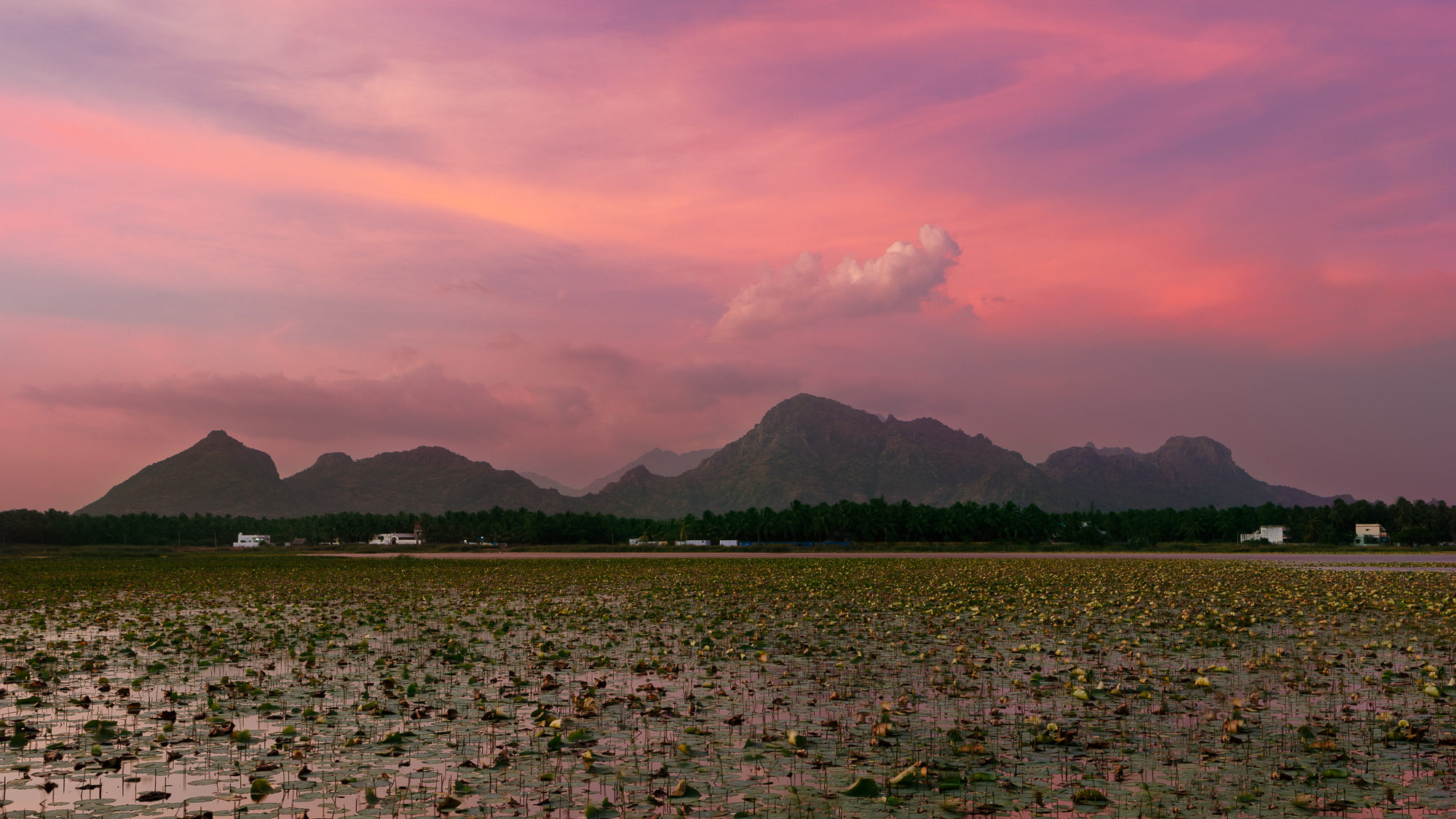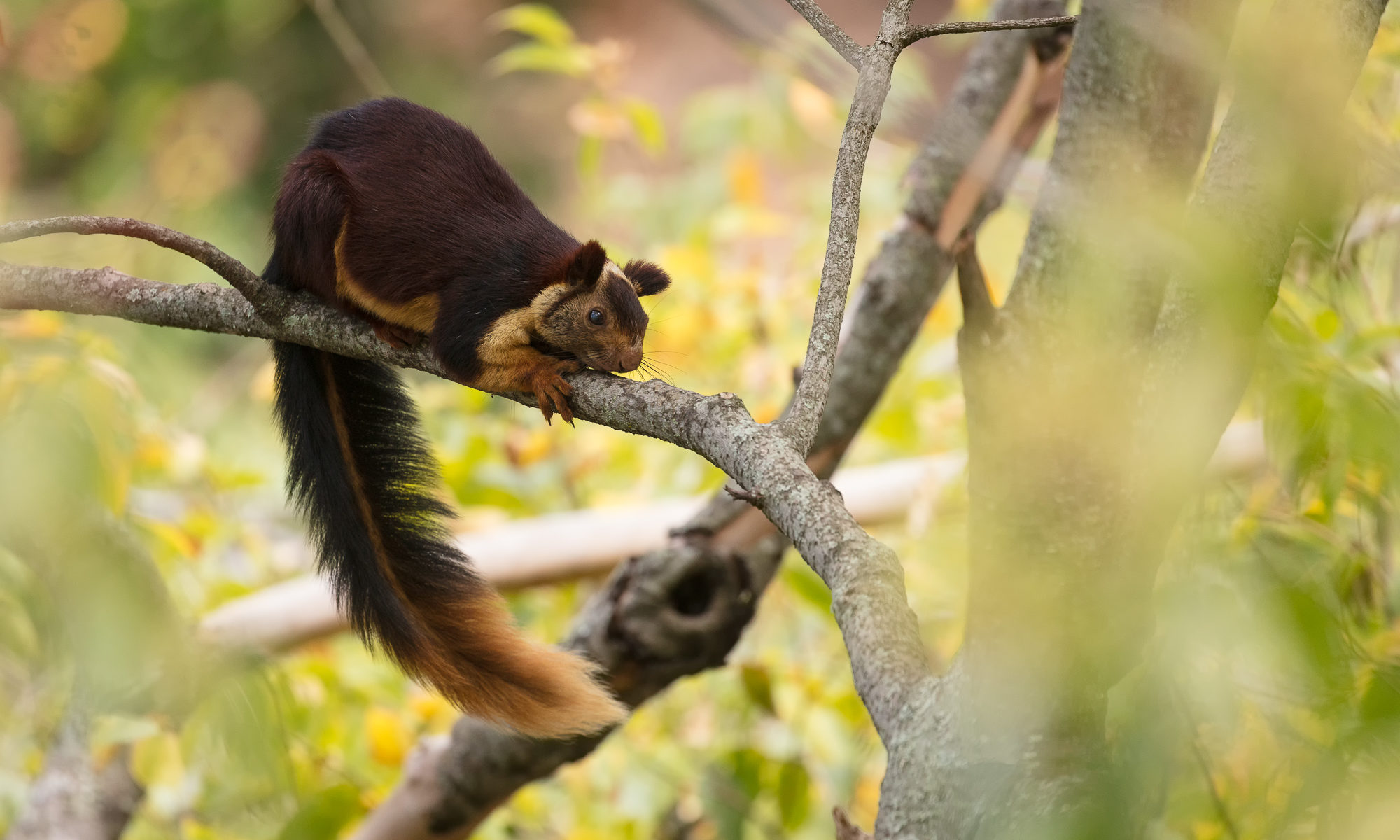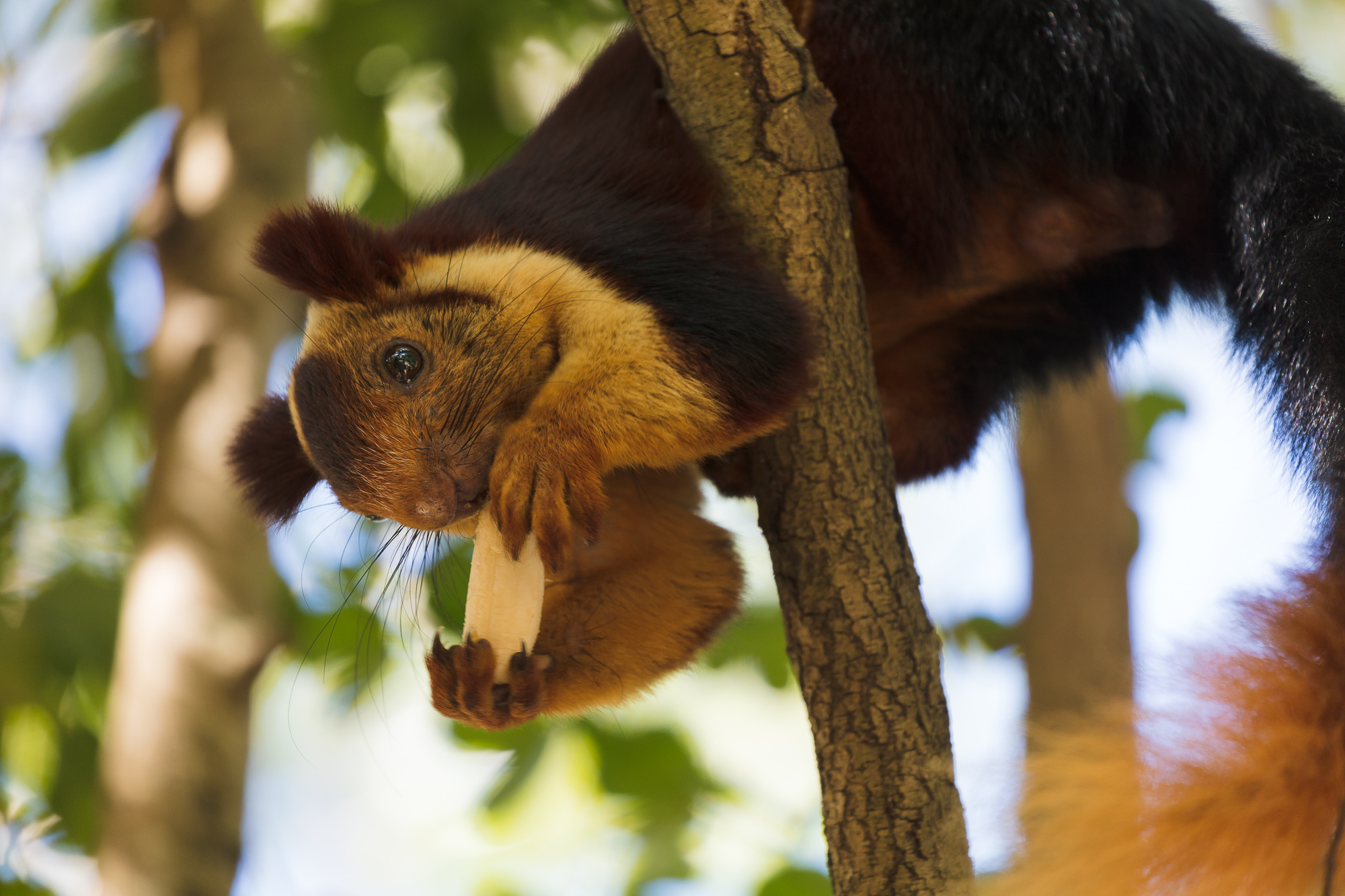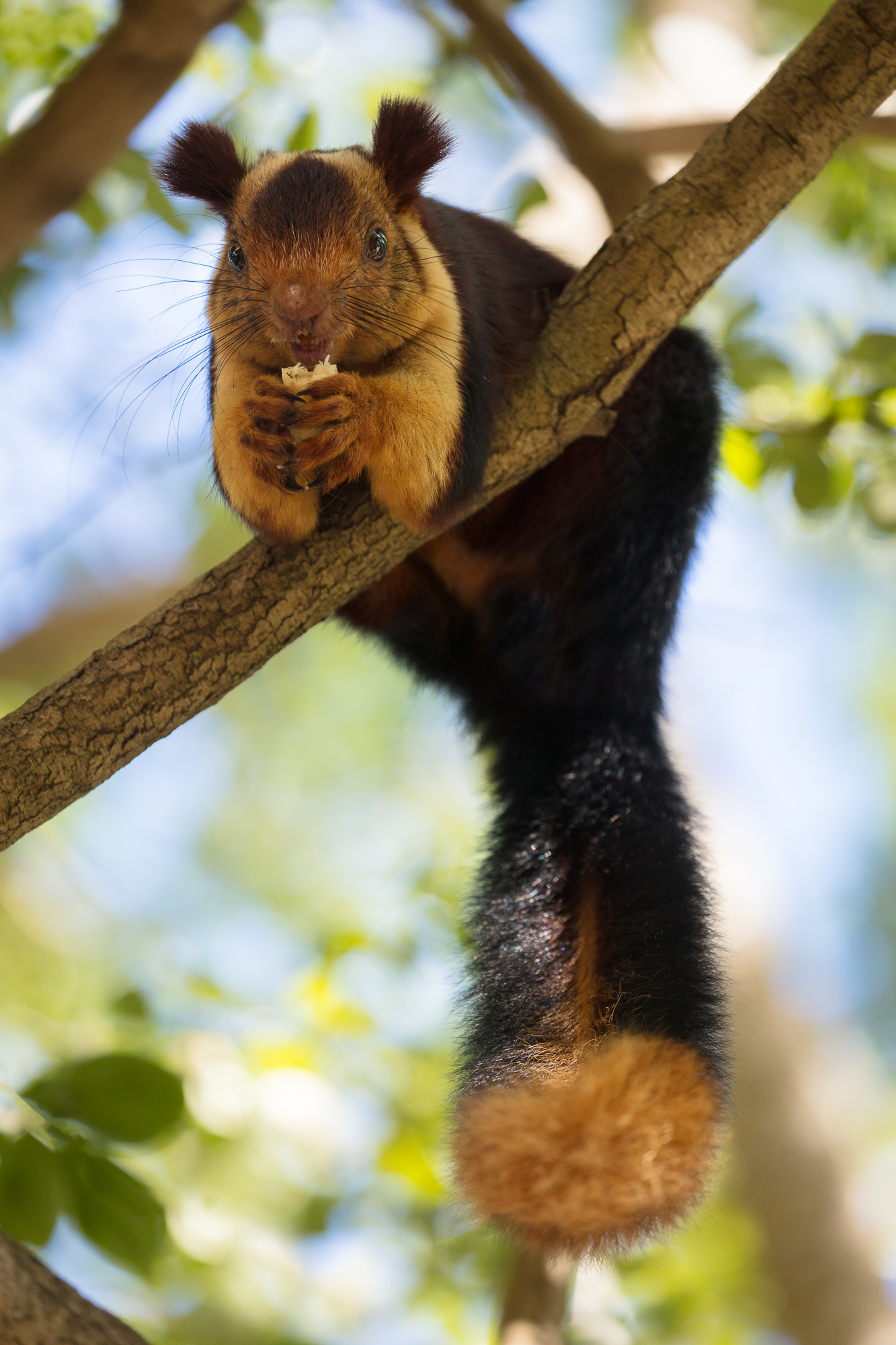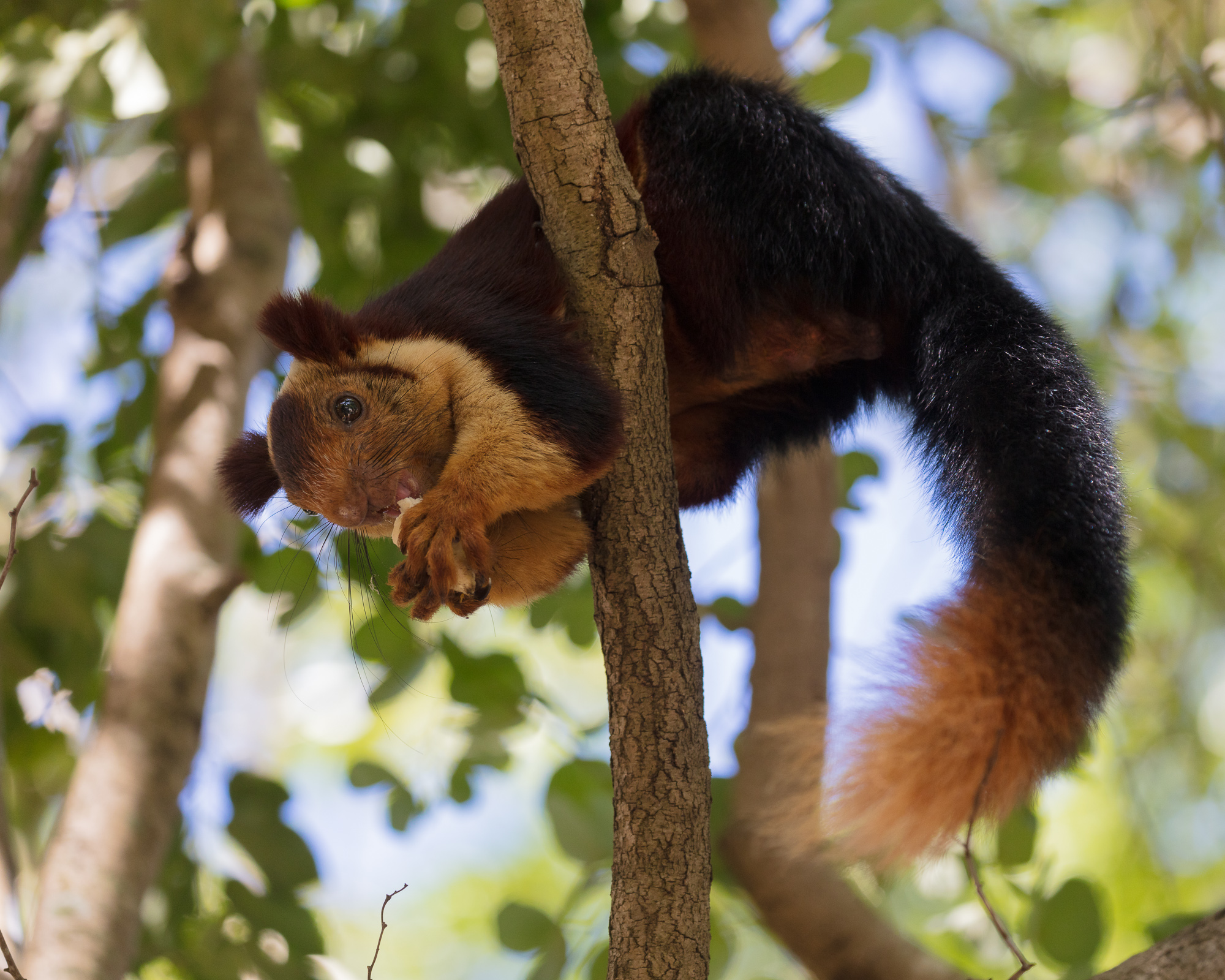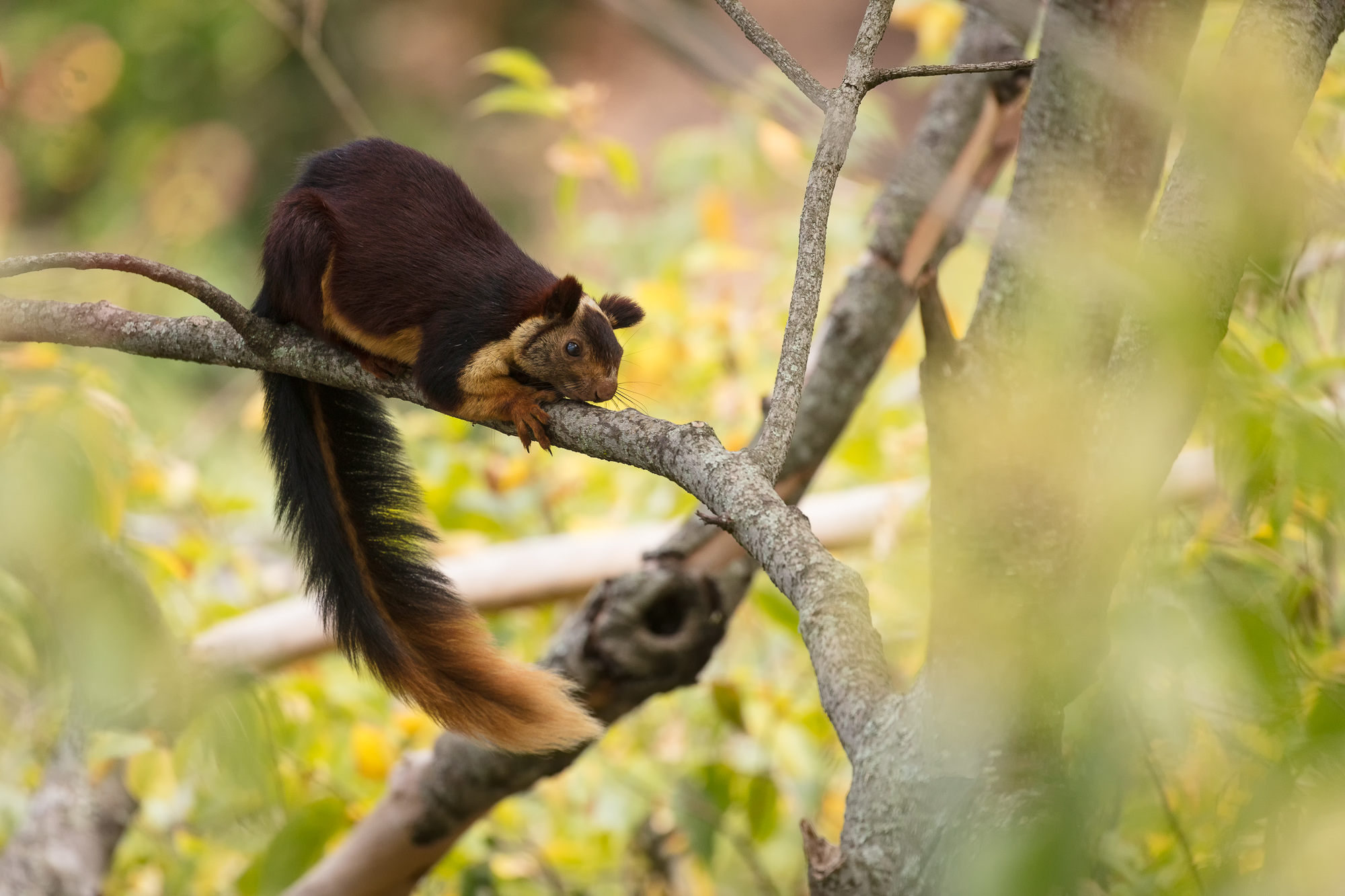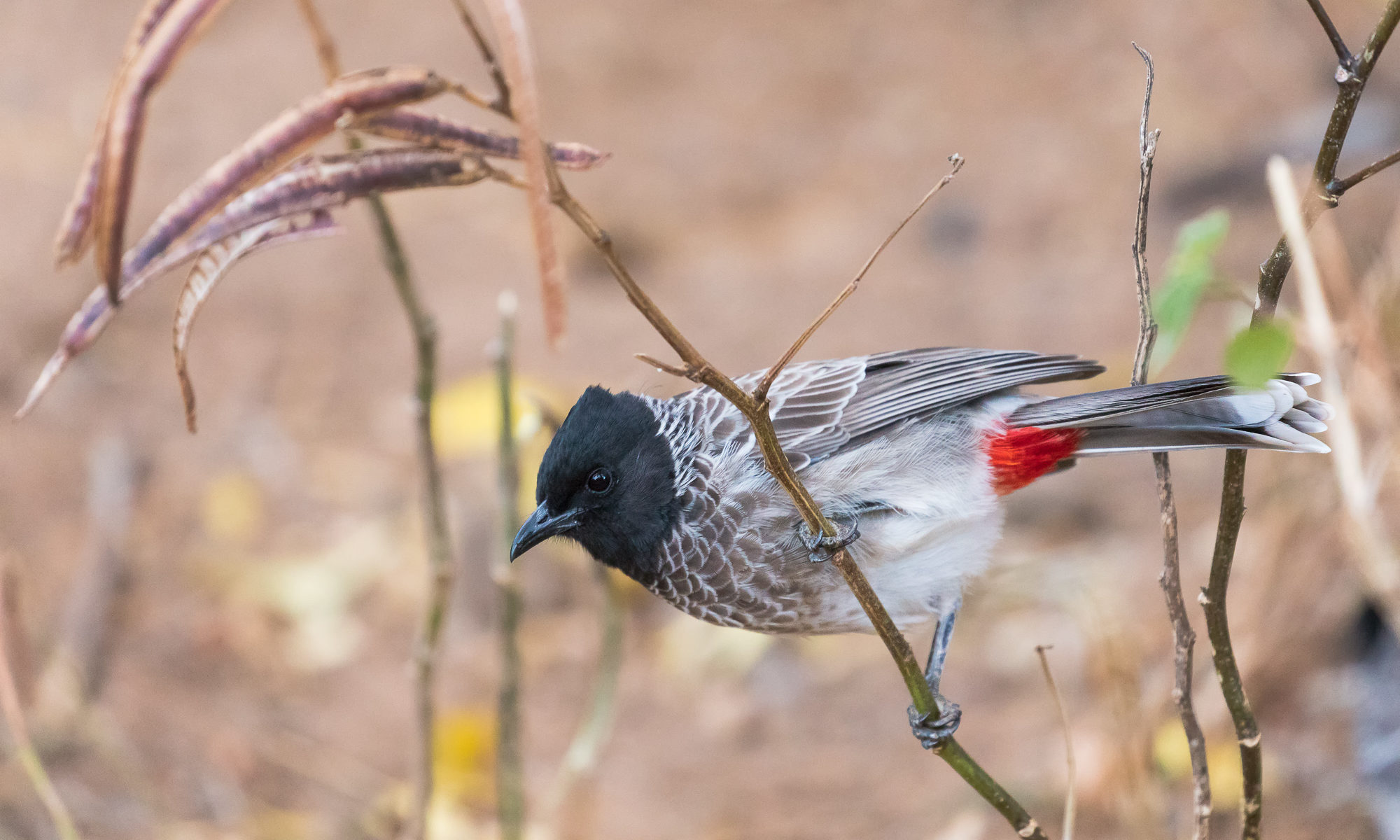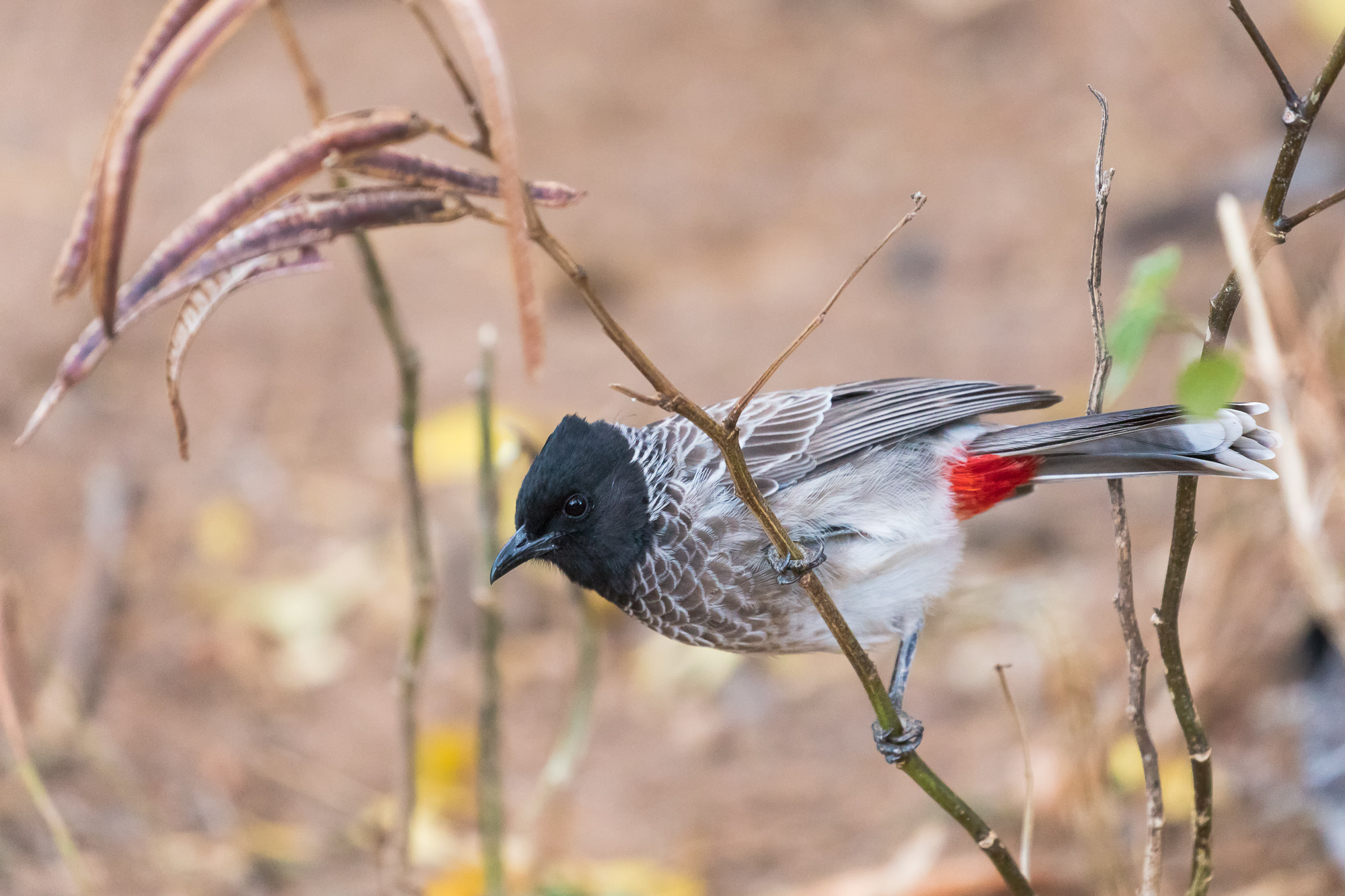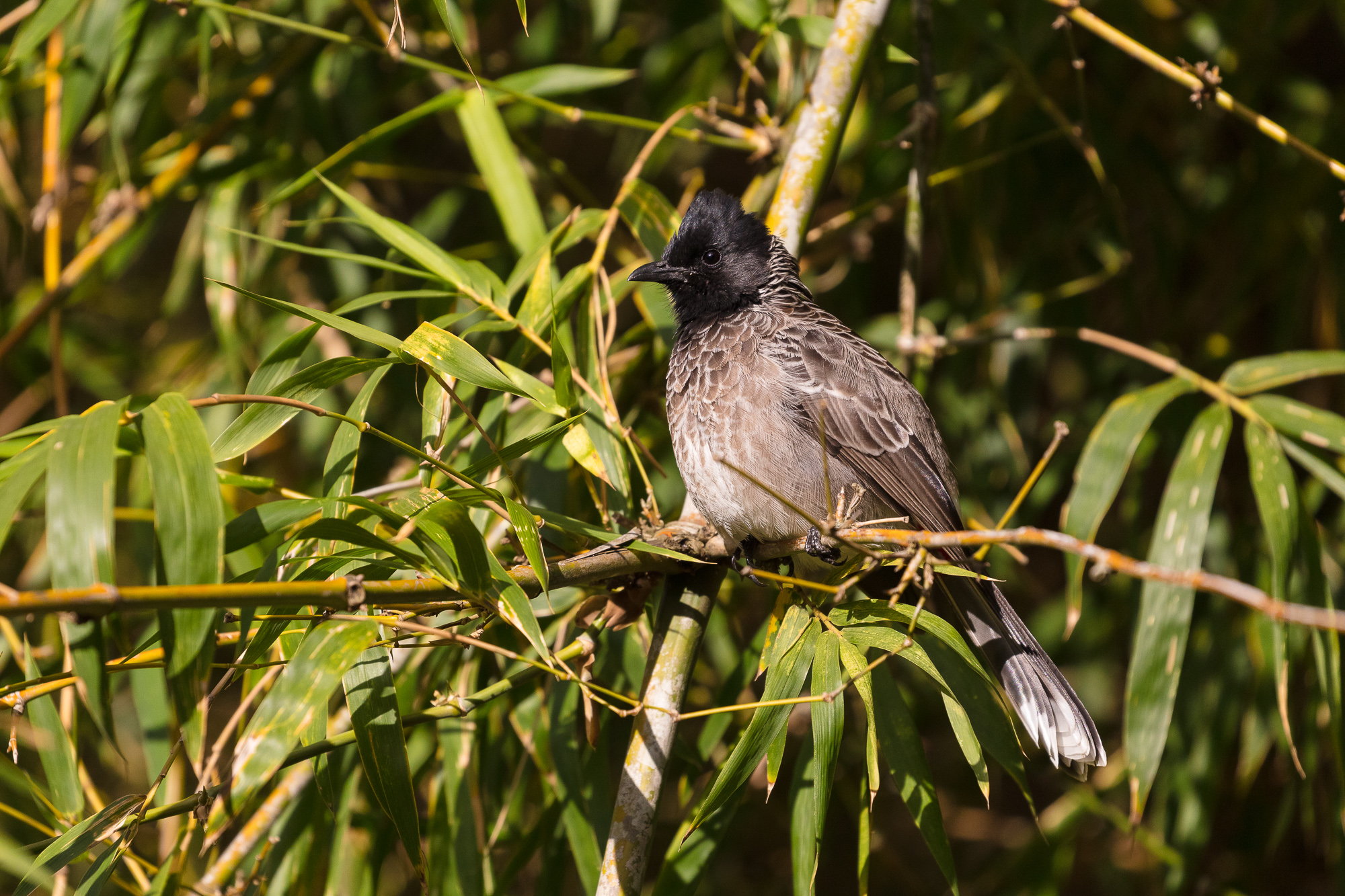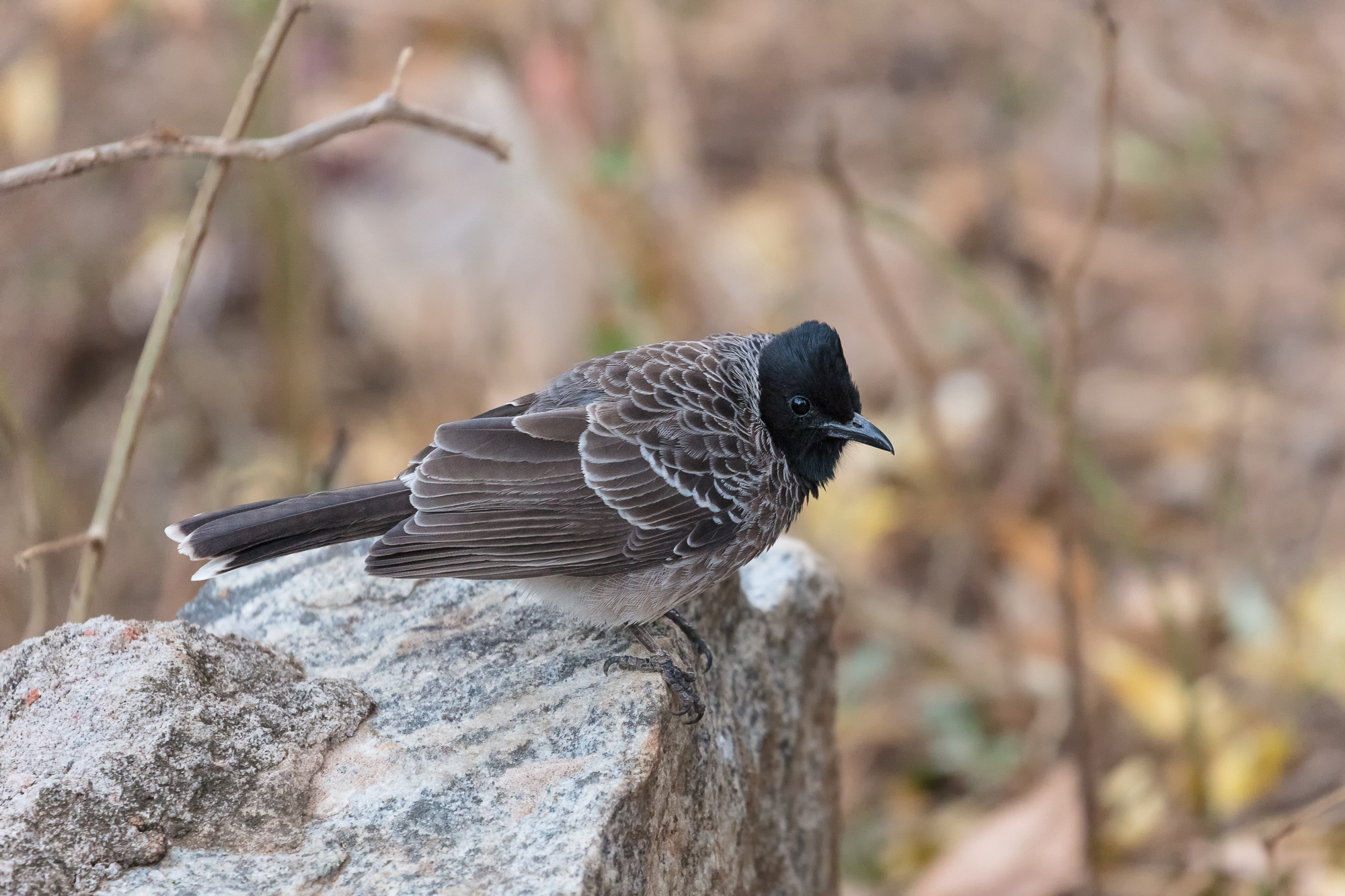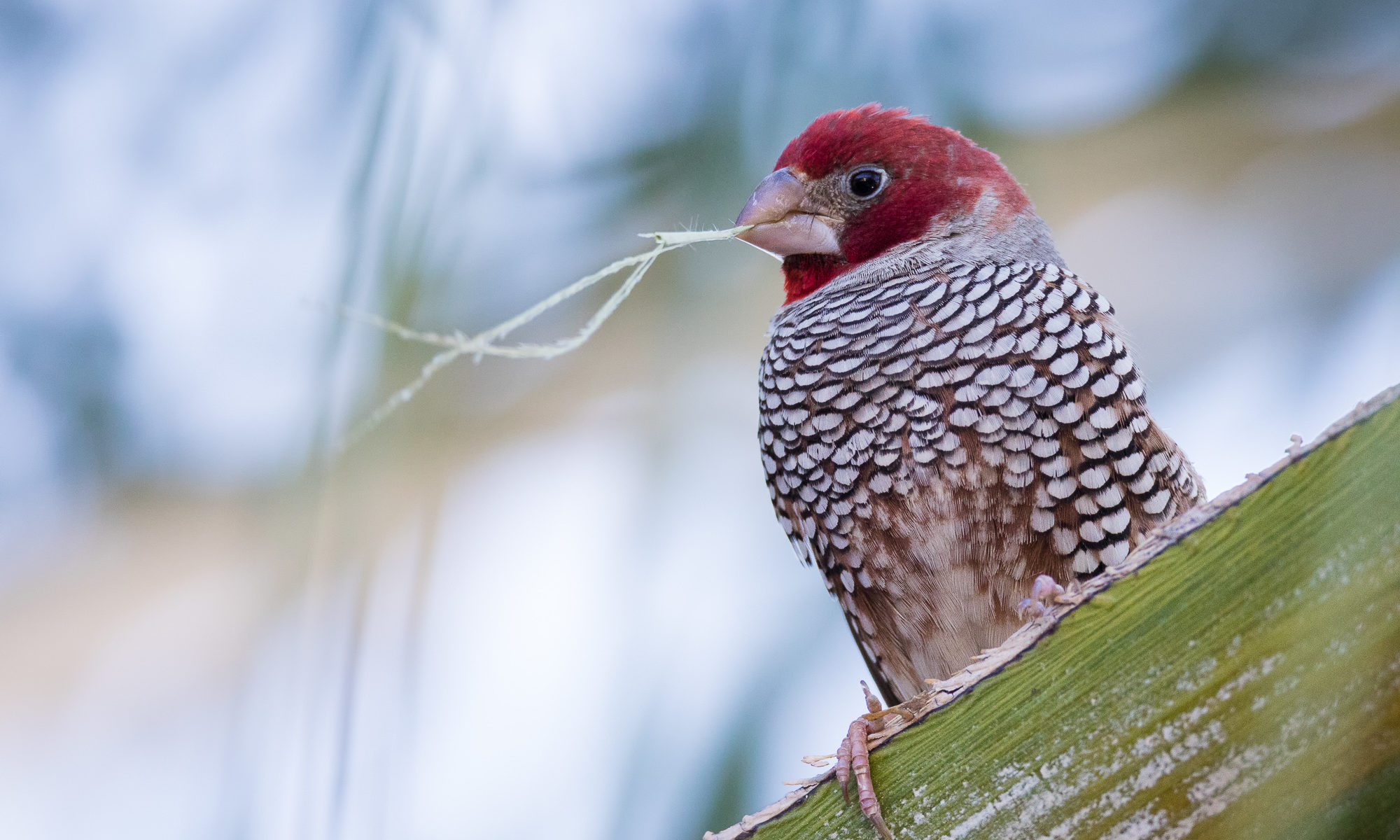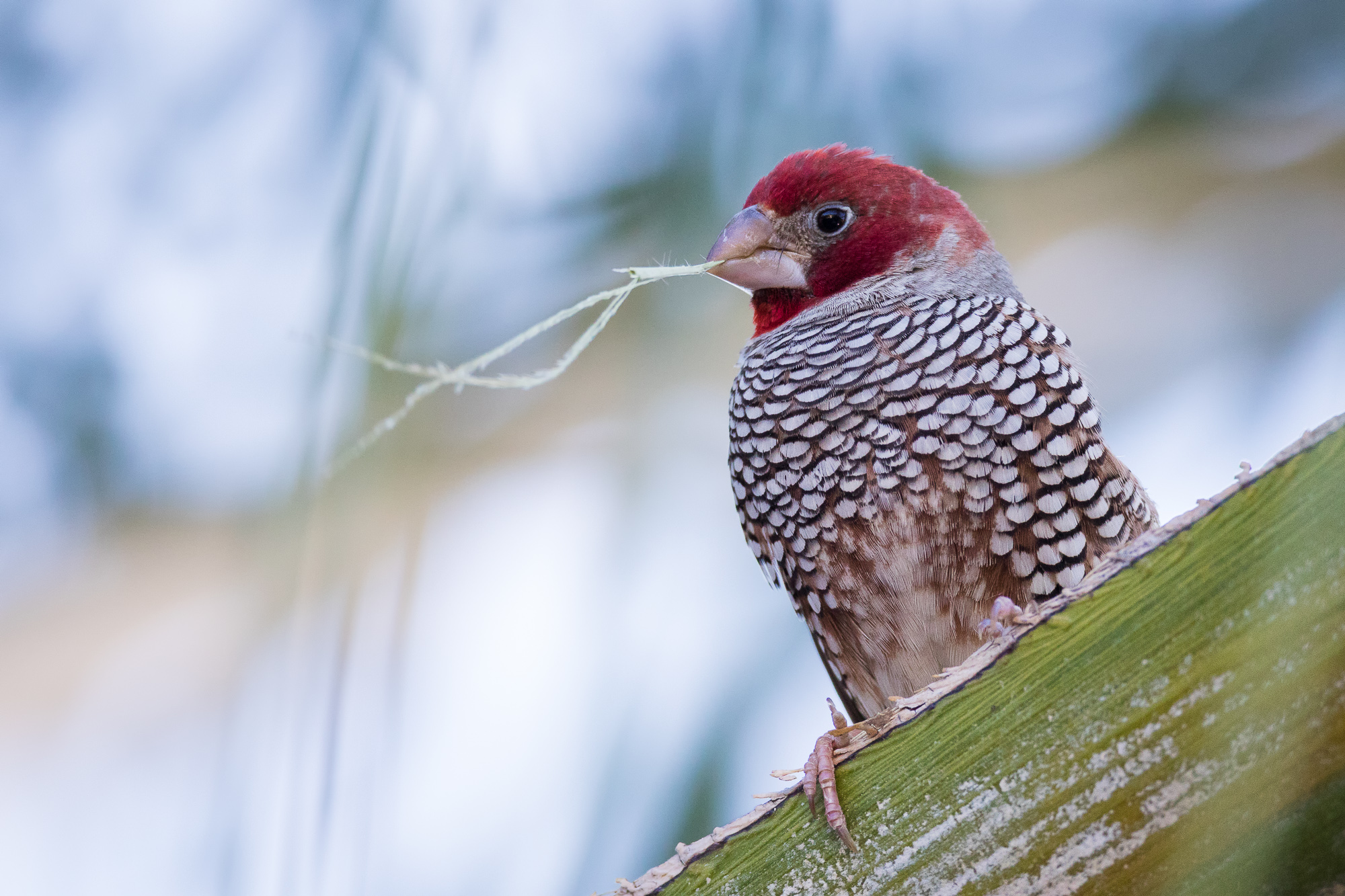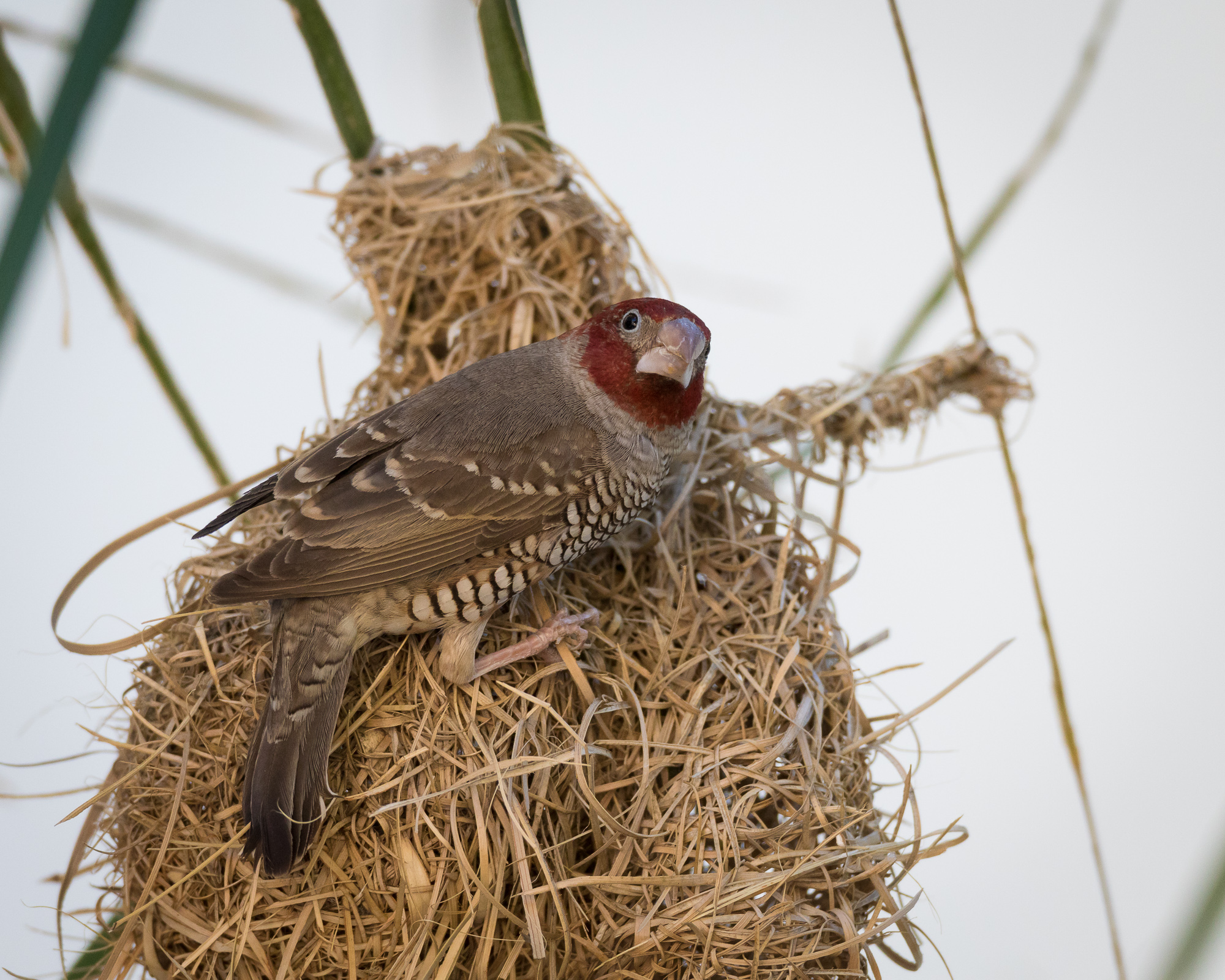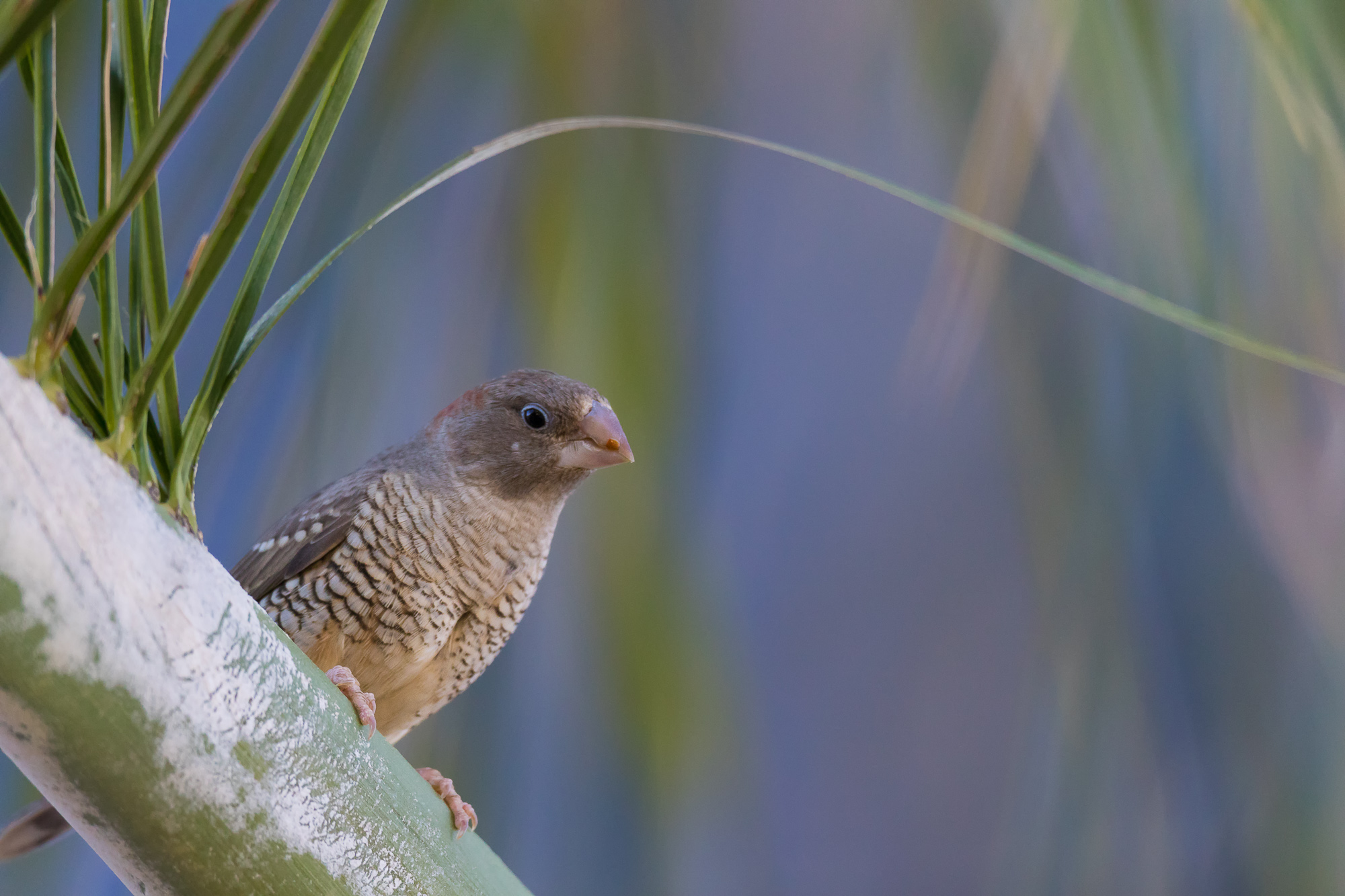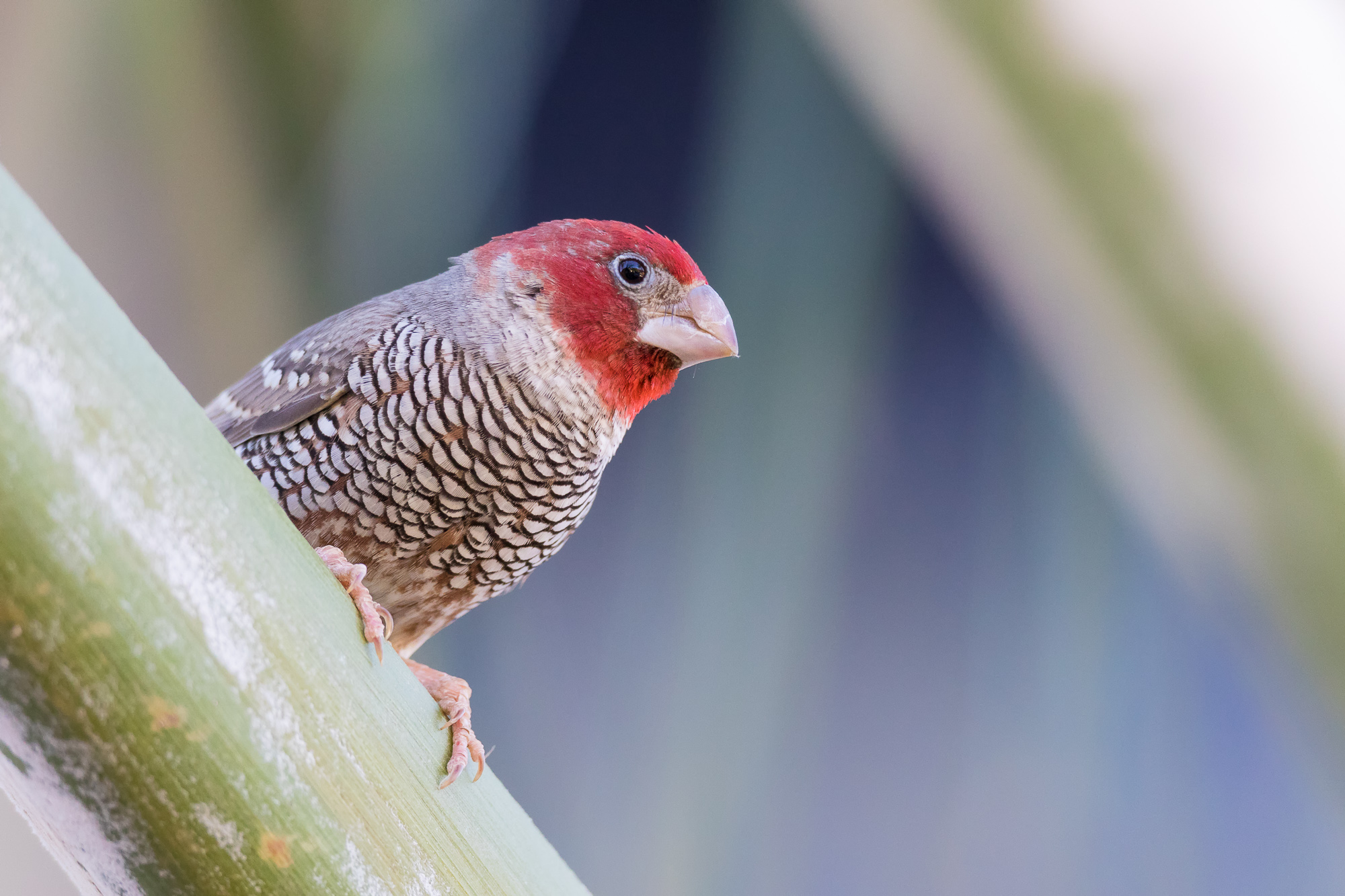I took this photo on the final day of a fantastic trip to India last year. I was in the state of Tamil Nadu, at the southern tip of India staying with my friend Frans. The village in which he grew up is just on the far side of this small lake, so I only had to travel a few minutes from where I was staying to get this shot.
I had been eyeing the sky for a few days, hoping for some clouds at sunset that would catch the last rays of the day. Luck was with me for my last evening in town, as the clouds started to build in the afternoon.
Unfortunately, I did not get the still water that I was hoping for, in order to create a reflection of the southern most expanse of the Western Ghats. In typical southern Tamil Nadu style, wind was whipping across the water at great speed, creating small white caps (definitely NOT what I was hoping for!) In fact, this area is known for its expanse of wind farms, which should have given me a clue that waiting for a calm day was likely an exercise in futility.
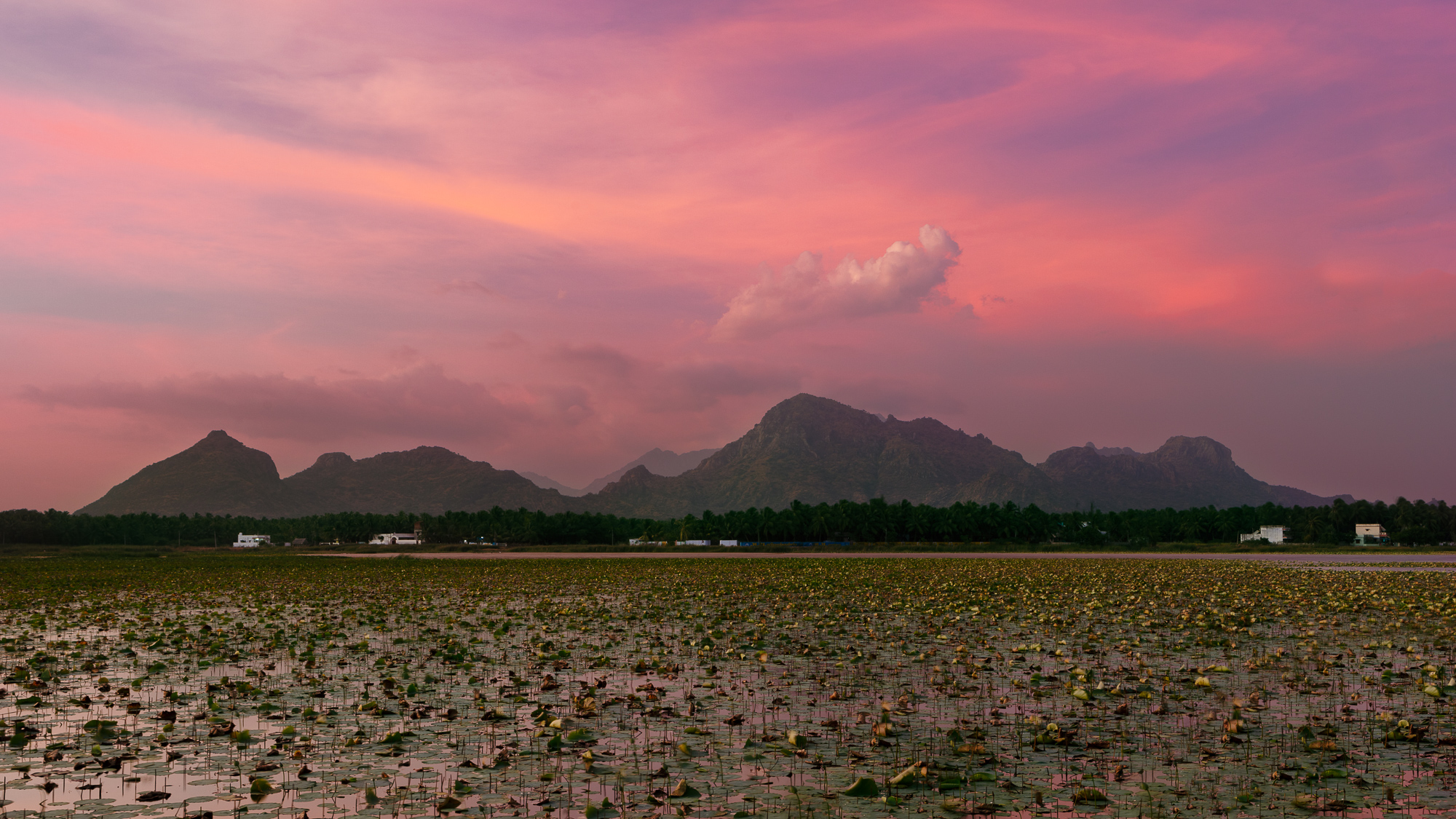
However, I had previously scouted a small area of lotus plants close to the shore, which helped the photo in two ways. First, the lotuses broke up the waves that the wind was creating. And second, they added some level of interest to the foreground. This was the next best option given there was no chance for a reflection.
As a side note, these plants would have been much more beautiful had any blossoms been on the plants. But alas, they were picked clean. As I was wondering about why this was, I saw a man in a canoe further along the shore, slowly making his way through the lotuses and plucking any fresh blossoms. Oh well, maybe time for a little photoshop? Just kidding of course….
Apparently, this area doesn’t see many photographers or foreigners. As I was standing by the shoreline with my tripod, many people stopped on the nearby road to watch what I was doing. That was okay – the resulting photo was well worth the extra attention.
Every day I was there, I discovered more of the natural beauty of the area’s land and animals. I will certainly return to cover this amazing landscape more in depth.
Gear I used to create the photos in this post:

